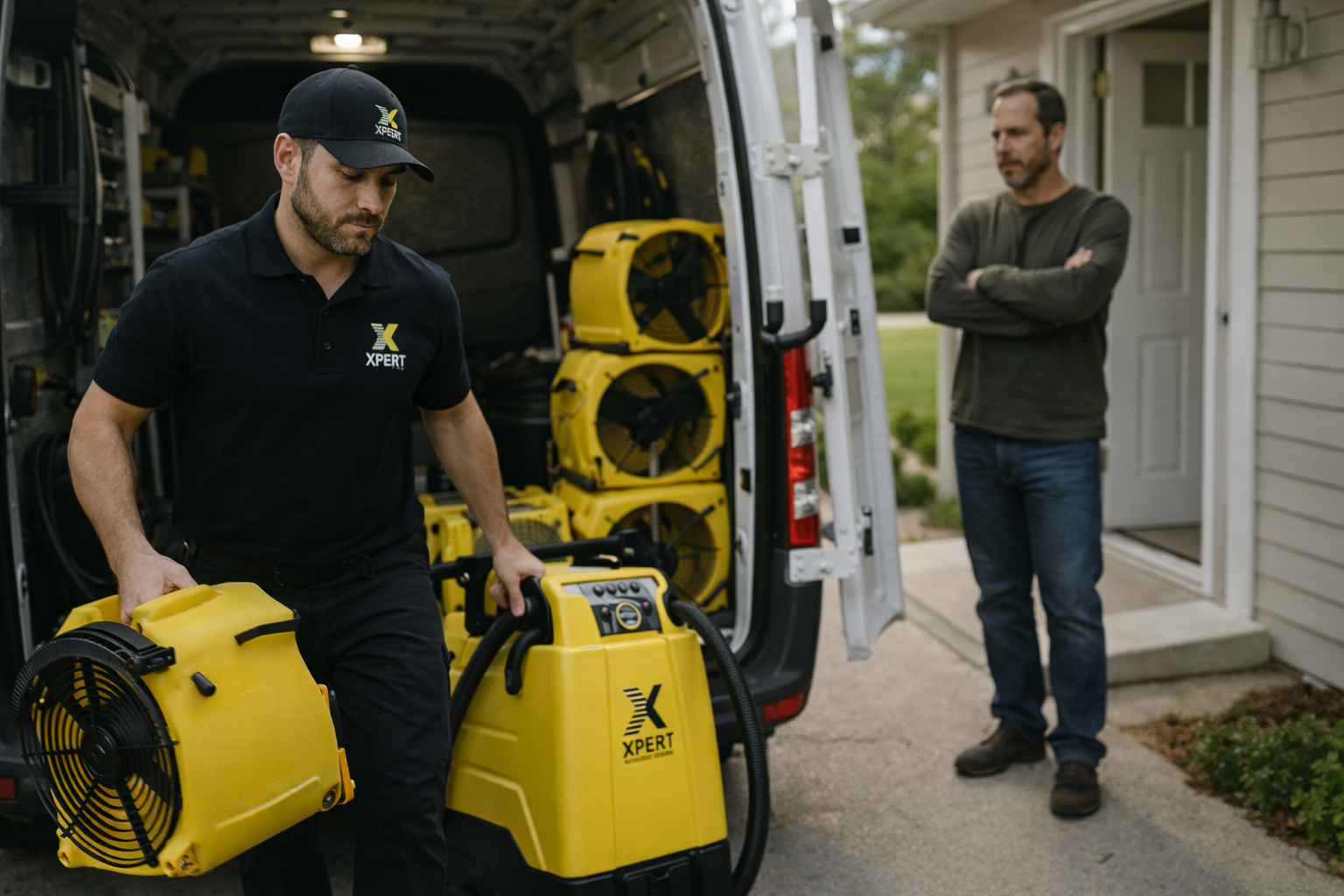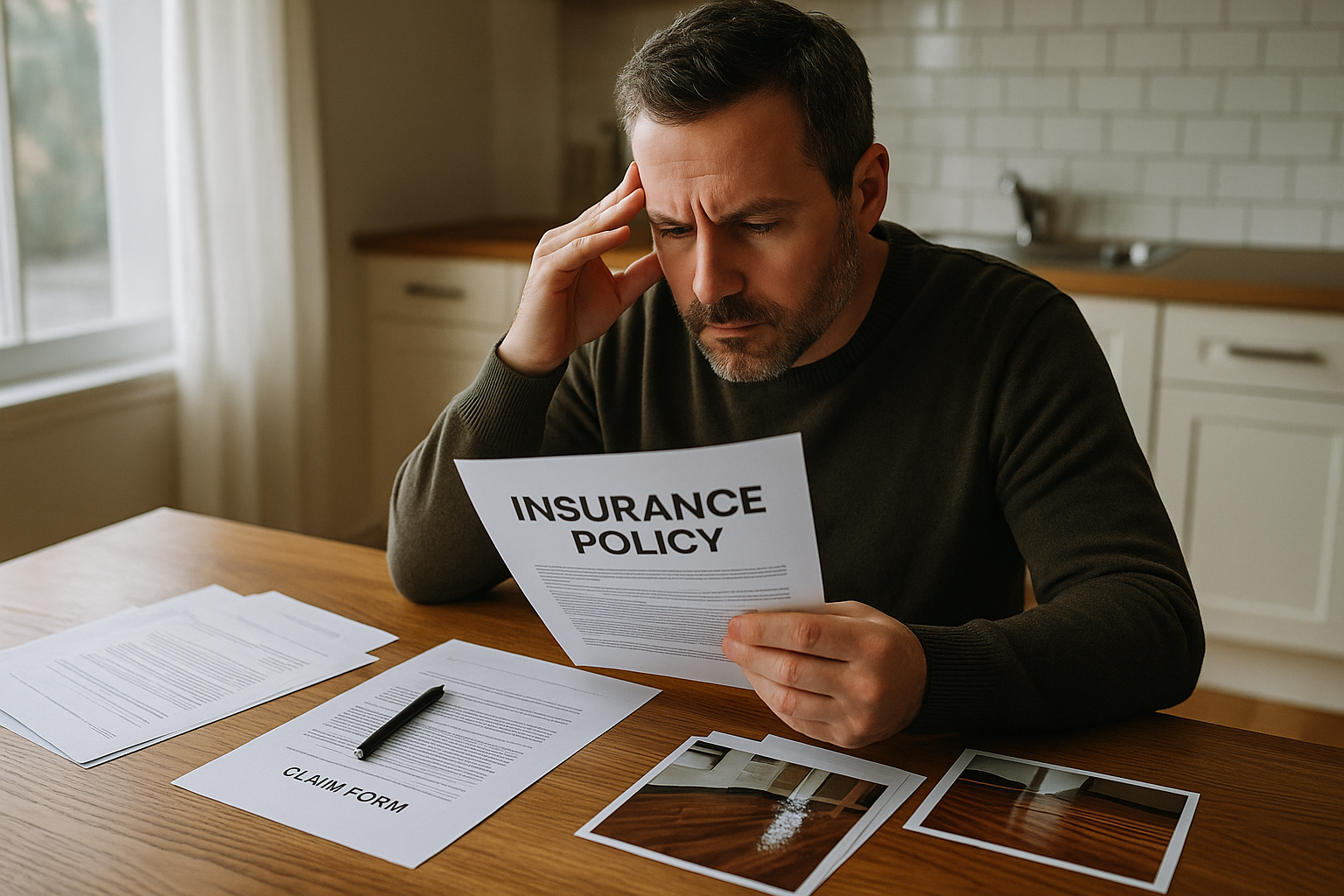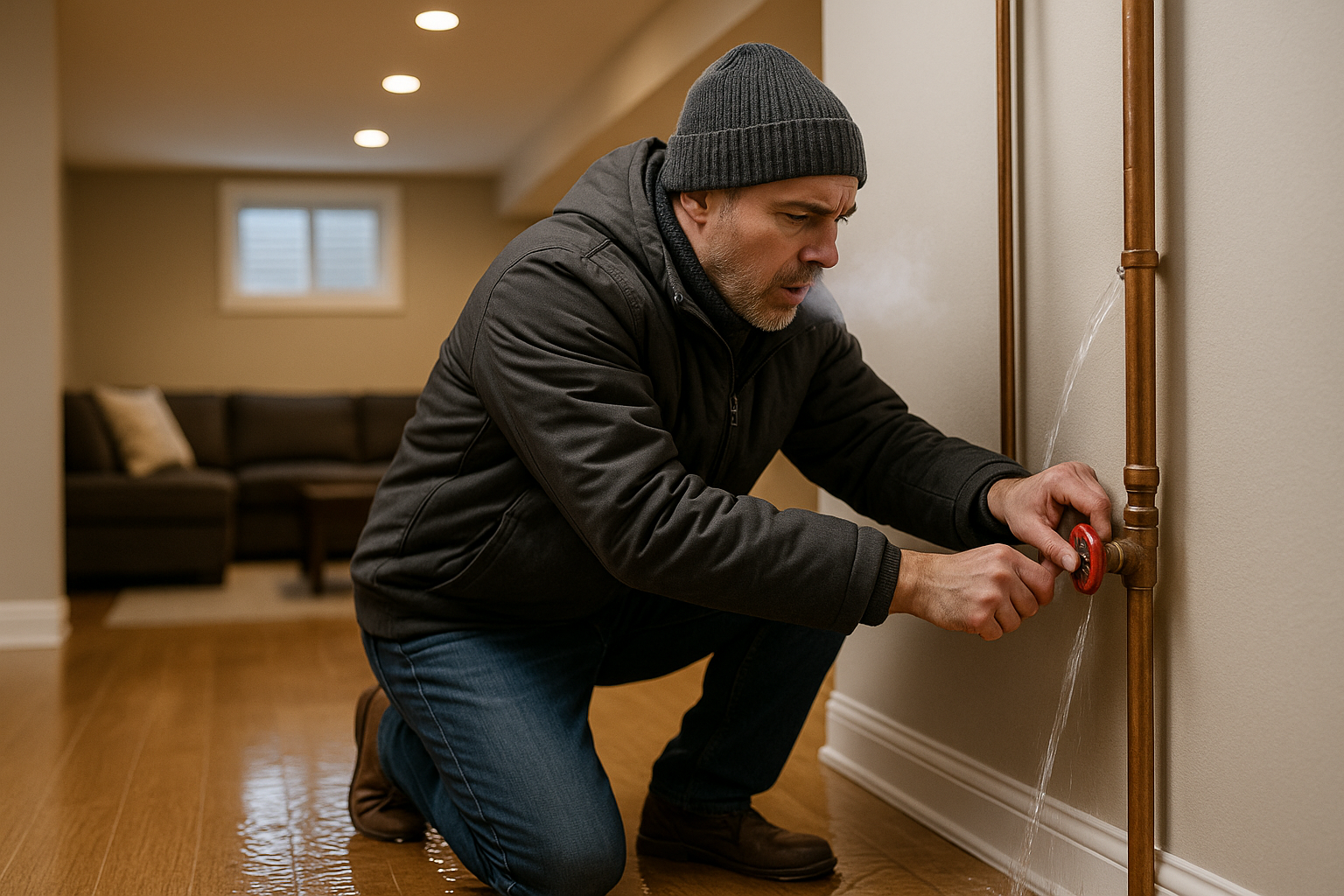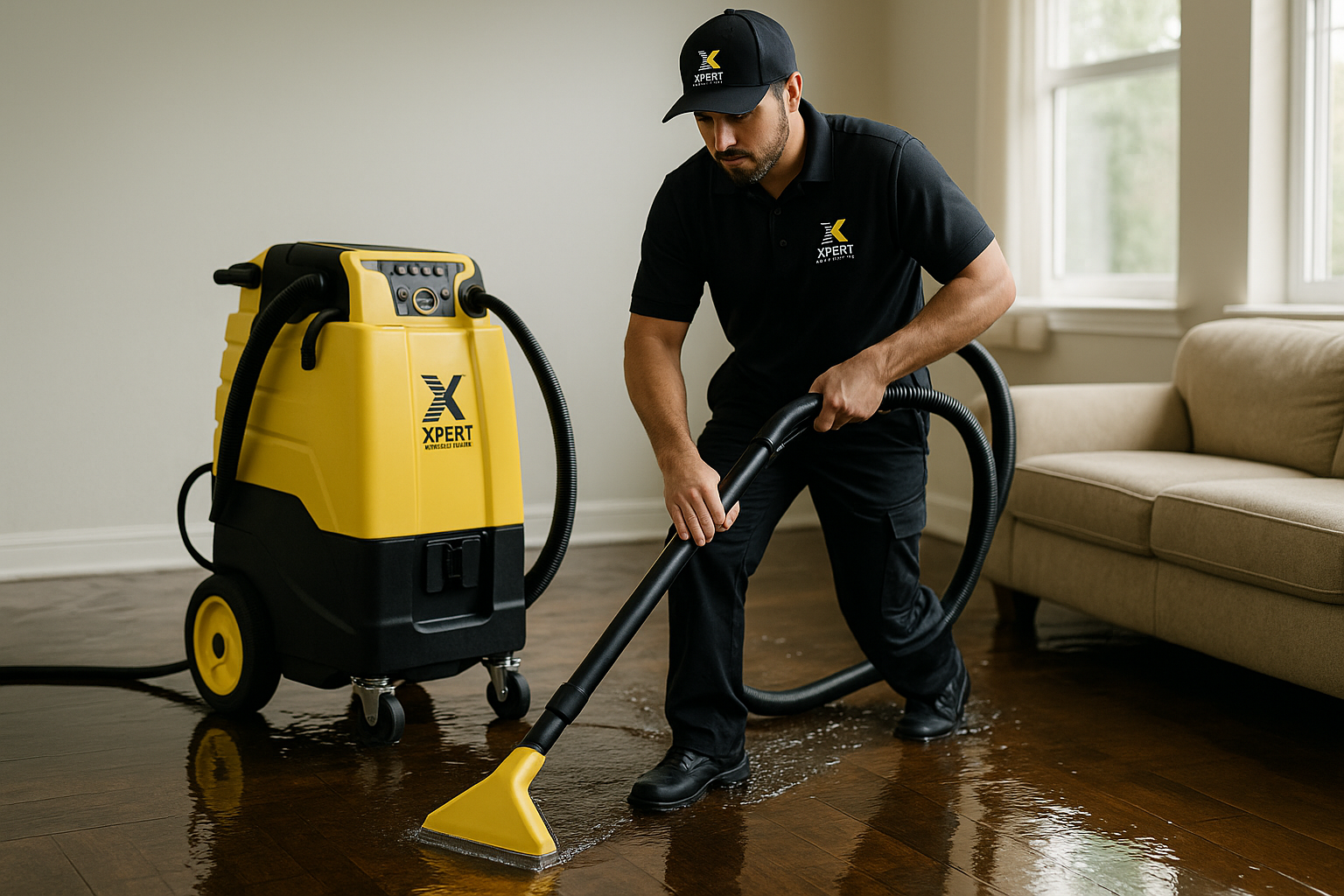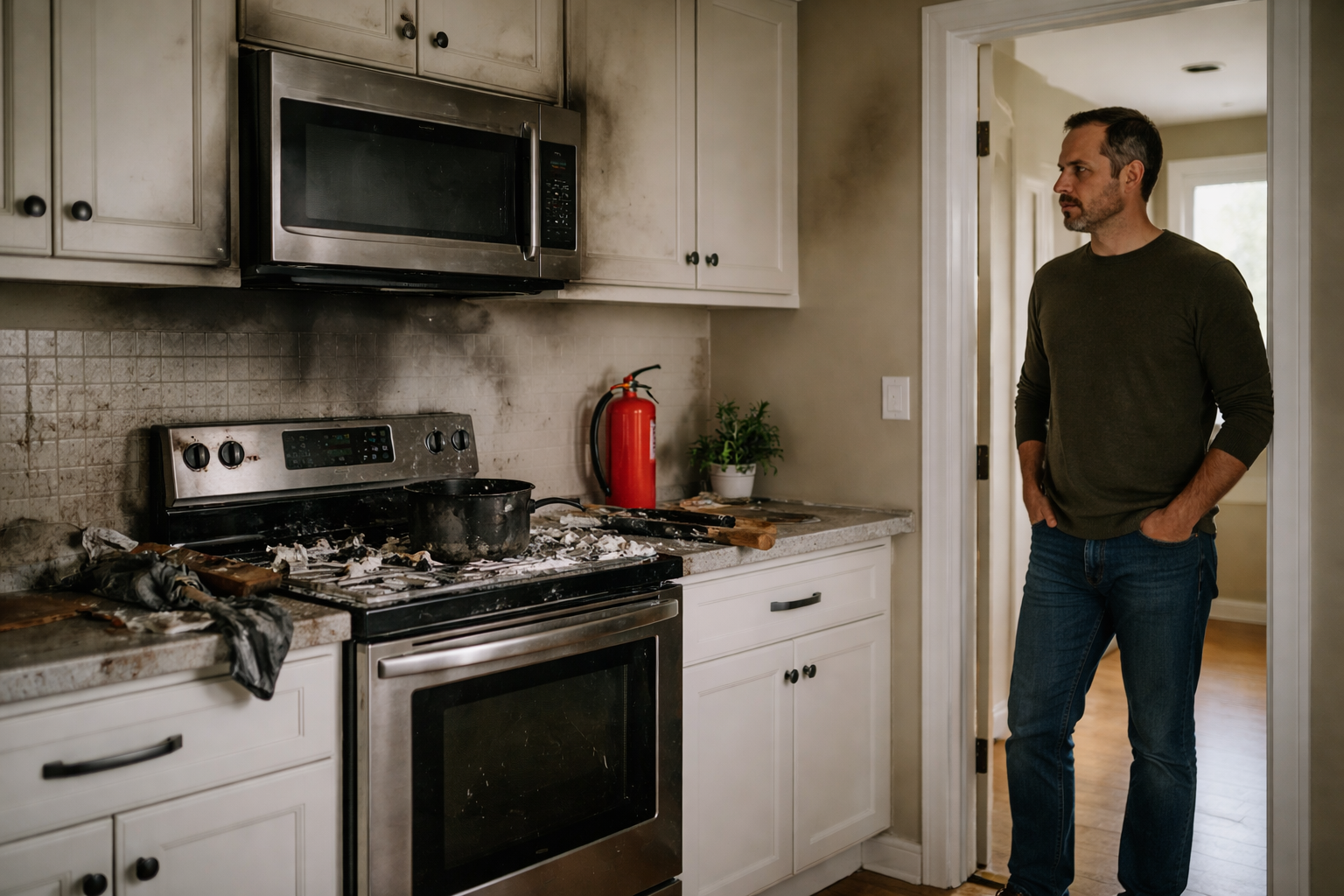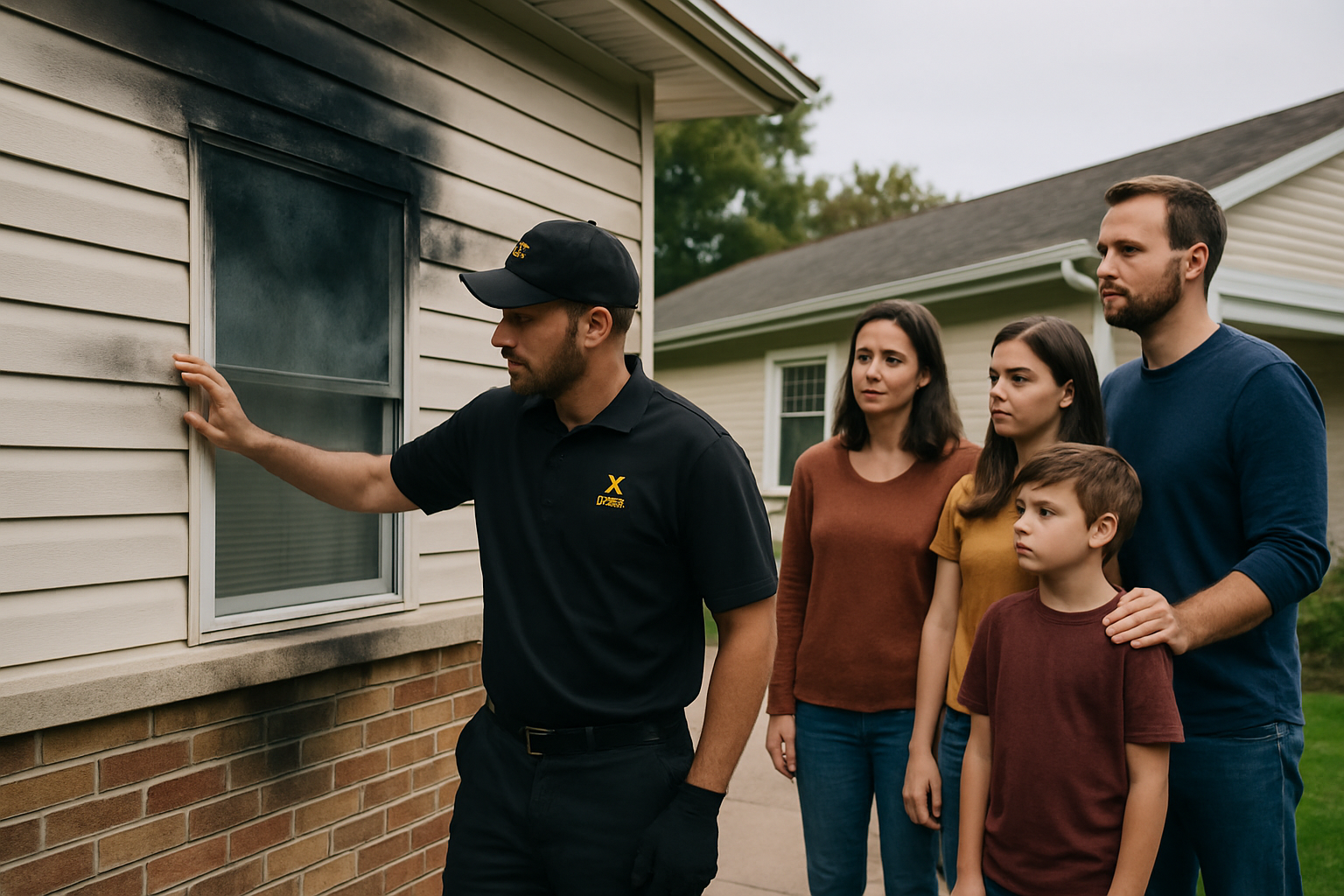The Complete Guide to Water Damage Restoration: What to Do Before the Professionals Arrive
Essential Steps to Minimize Damage and Protect Your Property Before Professional Help Arrives
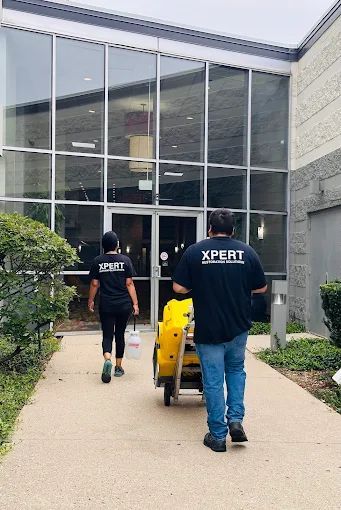
When water damage strikes, the clock starts ticking. Every passing minute allows moisture to seep deeper into walls, floors, and furniture — silently causing structural damage and creating the perfect environment for mold growth.
Whether it’s a burst pipe in the middle of the night, a flooded basement after heavy rain, or a washing machine leak gone unnoticed, knowing what to do immediately can save you thousands of dollars and days (or even weeks) of stress.
This guide will walk you through everything you need to know about handling water damage before the professionals arrive, from identifying the source to preventing future problems. We’ll also break down what a certified water damage restoration company does and why their expertise is critical for a full recovery.
Understanding Water Damage
Before you can take the right action, it’s important to understand the different types of water damage and how each impacts your approach.
Categories of Water Damage
Industry standards, such as those outlined by the Institute of Inspection, Cleaning and Restoration Certification (IICRC), classify water damage into three categories:
- Category 1 – Clean Water
- Comes from a sanitary source like broken supply lines, tub or sink overflows, or appliance malfunctions.
- Minimal health risk if addressed quickly.
- Category 2 – Gray Water
- Contains some level of contamination that can cause illness or discomfort if ingested.
- Sources include washing machine overflows, dishwasher leaks, or toilet overflows without feces.
- Category 3 – Black Water
- Highly contaminated water that can cause serious illness or death if ingested.
- Includes sewage backups, floodwaters from rivers/streams, and stagnant water with microbial growth.
The more contaminated the water, the more urgent it is to call professionals and avoid DIY cleanup.
Step 1: Stop the Source of Water
Your first action should be to identify and stop the source of the water intrusion.
- For plumbing leaks: Shut off the main water valve immediately.
- For roof leaks: Temporarily cover with tarps or plastic sheeting to reduce further intrusion.
- For flooding: Avoid entering the area until it’s declared safe by emergency personnel.
Pro Tip: Familiarize yourself with your home’s water shut-off valve location before an emergency happens.
Step 2: Ensure Safety First
Water damage isn’t just about moisture — it’s about safety hazards. Before stepping into an affected area:
- Shut off electricity in and around the wet zone to prevent electrical shock.
- Wear protective gear such as waterproof boots, gloves, and a mask.
- Avoid entering if there’s structural instability, like sagging ceilings or buckling floors.
If the water is contaminated, do not attempt to handle it yourself. Black water requires specialized equipment and decontamination processes.
Step 3: Document the Damage
For insurance purposes, detailed documentation is essential.
- Take photos and videos from multiple angles of every affected area.
- Keep a written inventory of damaged items, including approximate values.
- Do not discard damaged belongings until your insurance adjuster has seen them.
This step can significantly speed up your claims process and ensure proper compensation.
Step 4: Remove Standing Water and Excess Moisture
If it’s safe to do so and the water is from a clean source:
- Use a wet/dry shop vacuum to remove as much standing water as possible.
- Mop hard surfaces and blot carpets with towels.
- Open windows and use fans to increase airflow.
- Deploy dehumidifiers to reduce moisture levels in the air.
Be aware that water can hide in unseen places, including wall cavities, insulation, and under flooring. Leaving hidden moisture untreated is one of the main causes of mold infestations after water damage.
Step 5: Move Valuables to a Dry Area
Quickly relocate undamaged items to a safe, dry place to prevent further loss:
- Electronics, documents, and sentimental items should be moved first.
- Furniture can be propped on blocks to keep legs off wet floors.
- Rugs should be removed and hung to dry.
Step 6: Call a Professional Water Damage Restoration Company
While you can take steps to slow the damage, only a trained restoration team has the tools and expertise to fully mitigate and restore your property.
A professional restoration company will:
- Assess the full scope of damage using moisture meters and thermal imaging.
- Extract water with industrial-grade pumps.
- Dry and dehumidify the space using specialized equipment.
- Sanitize and deodorize affected areas.
- Repair or replace damaged materials.
Choosing an IICRC-certified company ensures they follow industry best practices for safety and quality.
Step 7: Understand the Timeline of Water Damage
Acting quickly matters because water damage progresses rapidly:
- Within minutes: Water spreads, saturating carpets, floors, and furniture.
- Within hours: Drywall swells, wood furniture begins to warp, and odors appear.
- Within 24–48 hours: Mold begins to grow.
- Within a week: Structural damage can become severe, requiring costly repairs.
Step 8: Prevent Future Water Damage
Once your property is restored, take preventive measures to reduce the risk of it happening again:
- Inspect plumbing, appliances, and roofing regularly.
- Clean gutters and downspouts to ensure proper drainage.
- Install sump pumps in basements with battery backups.
- Consider water leak detection systems for early warnings.
The Insurance Side of Water Damage Restoration
Many homeowners are unsure what their insurance covers when it comes to water damage. The answer depends on the cause of the damage.
- Sudden and accidental water damage (e.g., burst pipes) is often covered.
- Gradual damage from poor maintenance is typically not covered.
- Flooding from natural disasters usually requires separate flood insurance.
Always review your policy in advance and ask your insurance provider for clarification on coverage limits.
Why DIY Alone Isn’t Enough
Even if you remove visible water and dry the surface, hidden moisture can linger. Professional restoration companies use:
- Moisture detection tools to locate trapped water.
- Air movers and dehumidifiers to dry materials thoroughly.
- Antimicrobial treatments to prevent mold growth.
Attempting a full DIY restoration can lead to incomplete drying, mold problems, and future structural damage — all of which can cost far more to fix later.
Common Mistakes to Avoid After Water Damage
- Waiting too long to act – Delays lead to mold and structural damage.
- Failing to address hidden moisture – Water under floors or behind walls must be found and dried.
- Throwing away damaged items too soon – Keep them until insurance inspection is complete.
- Skipping professional help – Incomplete restoration can cause long-term problems.
Final Word
Water damage can be stressful and overwhelming, but with fast action and the right professional help, your home or business can be restored to pre-loss condition.
By following these steps — from stopping the water source and ensuring safety to documenting the damage and calling a certified restoration company — you protect not only your property but also your health and peace of mind.
If you’re facing water damage right now, remember: time is your most valuable resource. Don’t wait. Every minute matters.
Xpert Restoration Solutions is available 24/7 to handle water damage emergencies of all sizes. Call us today to get your property back on track.

